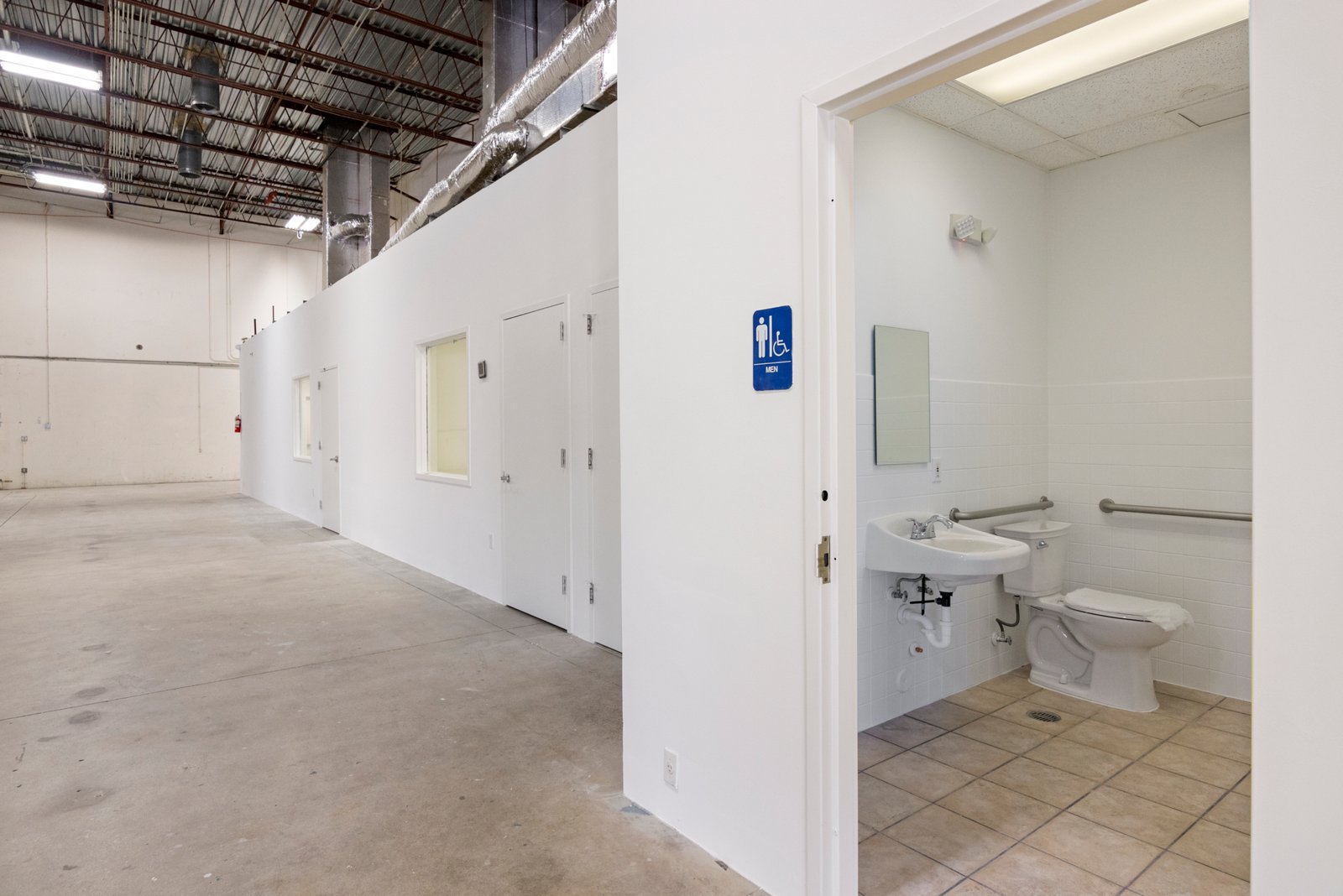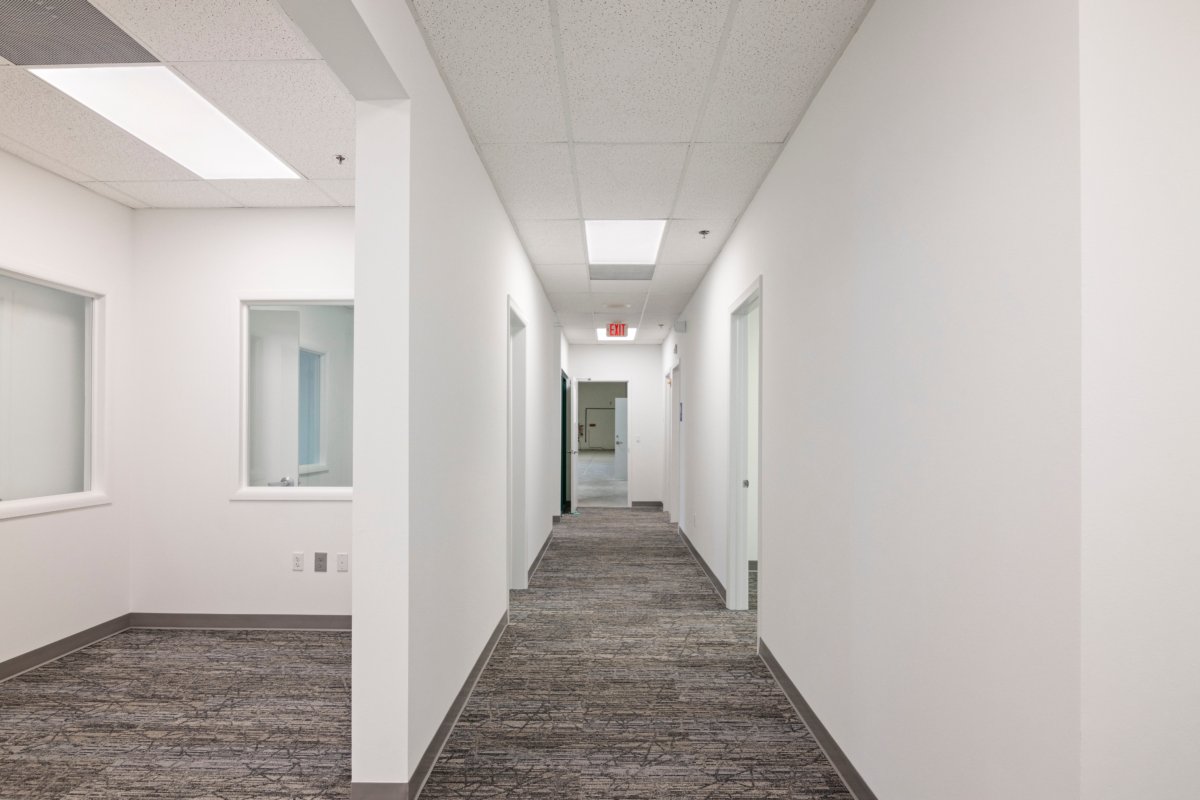
Effective Real Estate Photography Tips: How to Capture Stunning Property Photos
Real estate photography is more than just taking pictures—it’s about creating images that help potential buyers and renters visualize themselves in a property. A high-quality photograph can make a huge difference in the marketing of real estate, whether for sale or rent. As a real estate photographer or someone in the industry, knowing the best techniques to capture stunning, high-quality images will ensure that the property stands out and gets noticed. In this guide, we’ll walk through essential tips to help you capture beautiful real estate photos that will impress clients and attract buyers.
1. Choosing the Right Angles for Real Estate Photos

Real Estate Photography
The angle from which you shoot plays a significant role in how the space is perceived. Real estate photos should showcase the property in its best light, emphasizing spaciousness and attractive features.
- Wide and Elevated Angles: When shooting a room, positioning your camera slightly higher and using a wide-angle lens can help capture more of the space. This not only makes the room appear larger but also gives a better overview of the layout. A corner shot can also show multiple walls and add depth to the image.
- 45-Degree Angle: A 45-degree angle is a popular choice for real estate photography because it provides a balanced, comprehensive view of the space. This angle allows you to capture both the width and depth of the room, presenting the space in a more appealing manner.
- Capture Unique Perspectives: Don’t shy away from shooting the property from unique angles. For instance, shooting through windows can capture both the indoors and outdoors, creating a dynamic composition that gives a full picture of the property’s atmosphere.
2. Using Natural Light to Your Advantage
Lighting is one of the most important aspects of real estate photography. Natural light, when used properly, can make a property appear brighter and more inviting. Here’s how to make the most of natural light:
- Shoot During Golden Hours: The best times to take real estate photos are during “golden hours,” which are early morning or late afternoon when the sunlight is soft and warm. This type of lighting adds warmth to photos and creates an inviting, cozy atmosphere.
- Utilize Light from Windows: When shooting interiors, make sure to open the curtains or blinds to let natural light flow into the room. This will not only brighten the space but also give the image a more vibrant, fresh look.
- Avoid Harsh Direct Sunlight: Direct sunlight can cause harsh shadows and overexposure in your photos. Aim to shoot in areas with soft, diffused light, and avoid midday sun, which can create unflattering shadows and highlights.
3. Creating Depth and Spaciousness
One of the key goals in real estate photography is to make spaces look spacious and inviting. Here are a few tips to help create depth and openness in your photos:
- Wide-Angle Lenses Are Essential: A wide-angle lens allows you to capture more of a room in a single shot, which can make a small space appear larger and more open. However, be careful not to overdo it, as excessive distortion can make the image appear unrealistic.
- Shoot into Open Spaces: When photographing larger areas, like living rooms or hallways, position your camera at an angle that captures both the foreground and background. This will add depth to the image, helping viewers visualize the space more effectively.
- Declutter the Space: Before photographing, clear the room of unnecessary items. A clean, organized space will highlight the property’s key features and give the impression of a more spacious area.
4. Attention to Detail in Your Shots

Real Estate Photography
Details matter when it comes to real estate photography. By focusing on key features, you can make a property stand out and showcase what makes it unique.
- Highlight Key Features: Whether it’s a stunning fireplace, a luxurious bathtub, or unique architectural details, make sure to capture the features that set the property apart. A close-up shot of these details can help prospective buyers visualize living in the space.
- Symmetry Works Wonders: For rooms that feature symmetrical layouts, such as living rooms, dining rooms, or bedrooms, make sure to capture the symmetry. It can add a sense of balance and elegance to your photos, which often appeals to buyers.
5. Post-Processing to Enhance the Images
Even the best photographs often need a little bit of enhancement in post-processing. Here are some tips to ensure your photos look polished and professional:
- Adjust Lighting and Colors: Once you’ve captured the images, make adjustments to the brightness, contrast, and color balance. A subtle increase in brightness can help bring out details that might otherwise be lost in shadows.
- Correct Distortion: Wide-angle lenses can sometimes distort the edges of an image. Use editing tools to correct this distortion and ensure straight lines for doors, windows, and walls. This is particularly important for interior shots.
- Remove Unwanted Elements: In post-processing, you can remove distracting elements such as reflections in windows, clutter, or any imperfections that might take away from the overall composition of the photo.
6. Don’t Forget Exterior Shots
While interior photos are important, exterior shots can have just as much impact. Here are some tips to capture the exterior of a property effectively:
- Timing is Everything: Just like with interior shots, shooting the exterior during golden hours helps the property look its best. The soft lighting will highlight the exterior’s design, landscaping, and curb appeal.
- Highlight Outdoor Spaces: If the property has an impressive garden, balcony, or outdoor living area, make sure to capture those features. These can be key selling points, especially for buyers looking for outdoor space.
7. Final Tips for Real Estate Photography
- Use a Tripod: For stability and sharp images, always use a tripod. This will help you avoid blurry shots, especially in low-light situations.
- Shoot Multiple Angles: Capture the same room from multiple angles to provide potential buyers with a better sense of the space.
- Staging the Property: If possible, stage the property to enhance its appeal. Small touches like fresh flowers, a cup of coffee on the table, or carefully arranged furniture can evoke the feeling of a lived-in, welcoming space.
Conclusion
Real estate photography requires a combination of technical skills, creativity, and attention to detail. By using the right angles, lighting techniques, and post-processing, you can create stunning images that effectively showcase a property’s best features. Whether you’re a professional photographer or someone in the real estate business, these tips will help you take your photos to the next level and attract more potential buyers or renters.
Good photography is essential in today’s competitive real estate market. By applying these simple but effective tips, you can increase the chances of selling or renting a property faster and for a higher price.
Contact me for the best real estate photo editing service.






